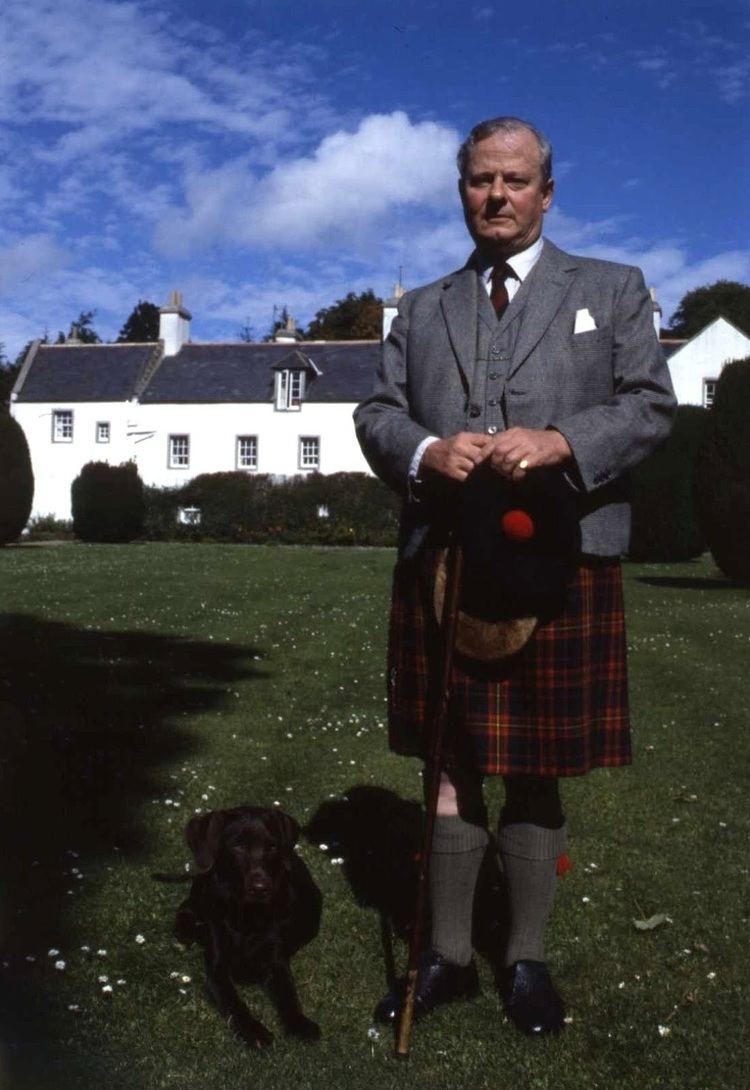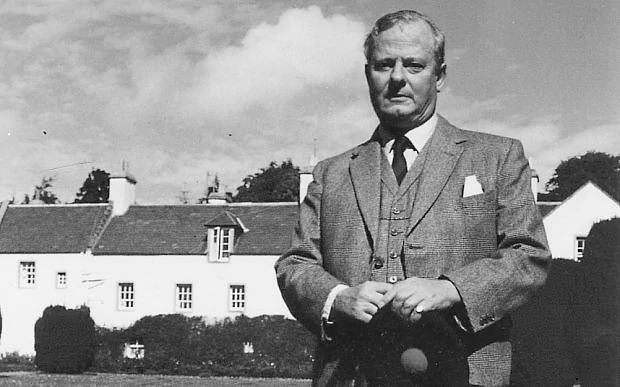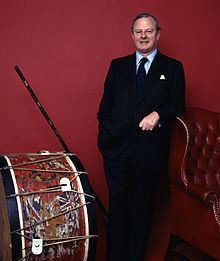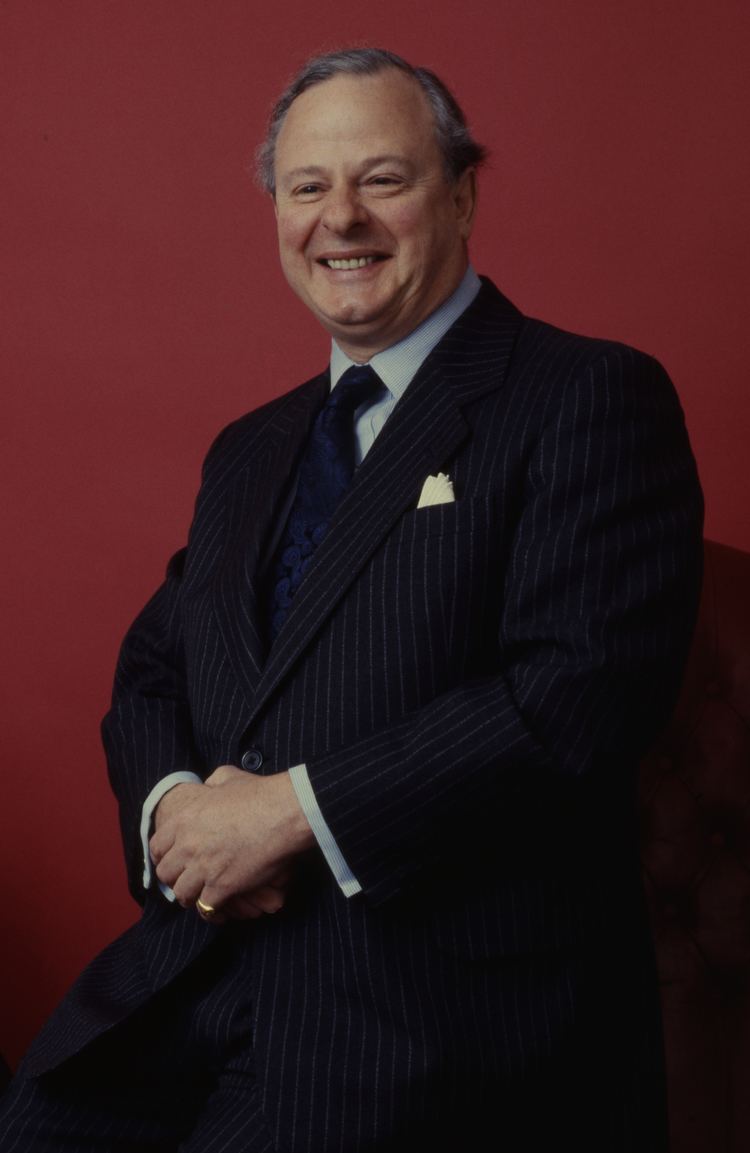Creation date 24 April 1900 | Monarch Victoria | |
 | ||
Heir apparent | ||
Duke of Fife is a title in the Peerage of the United Kingdom which has been created twice, in both cases for Alexander Duff, 6th Earl Fife, who in 1889 married Louise, Princess Royal, the eldest daughter of the future King Edward VII.
Contents
The dukedom of Fife was the last dukedom in Britain created for a person who was not a son, grandson or consort of the Sovereign. (Although the recipient was a grandson-in-law to Queen Victoria.)

History
Alexander Duff (1849–1912) was the eldest son of the 5th Earl Fife. Upon his father's death on 7 August 1879, he succeeded as 6th Earl Fife in the Peerage of Ireland and 2nd Baron Skene in the Peerage of the United Kingdom (only the latter title gave him a seat in the House of Lords). In 1885, Queen Victoria created him Earl of Fife in the Peerage of the United Kingdom.

On Saturday, 27 July 1889, Lord Fife married Princess Louise, the third child and eldest daughter of the then-Prince of Wales (the future King Edward VII) and his wife Princess Alexandra, in the Private Chapel at Buckingham Palace. The couple were third cousins in descent from George III. The wedding marked the second time a descendant of Queen Victoria married a British subject (the first being the marriage of The Princess Louise, the Queen's fourth daughter, to the Marquess of Lorne).

Two days after the wedding, the Queen elevated Lord Fife to the further dignity of Duke of Fife and Marquess of Macduff, in the County of Banff, in the Peerage of the United Kingdom. In the first creation of the dukedom of Fife, Queen Victoria's Letters Patent of 29 June 1889 contained the standard remainder to "heirs male of his body". Letters Patent of 24 April 1900 created a second dukedom of Fife with a special remainder that allowed the dukedom to pass to the daughters of the first Duke, in default of a son, and then to the male heirs of those daughters. On the same date and occasion, the Duke of Fife was also created Earl of Macduff, with similar remainder which allowed the earldom to pass to the daughters of the first Duke, in default of a son, and then to the male heirs of those daughters.
Upon the 1st Duke of Fife's death in 1912, the peerages created in 1889 and some older peerages held by the Duff family became extinct, while the peerages created in 1900 passed to the 1st Duke's elder daughter, Alexandra (1891–1959, née Lady Alexandra Duff). On 15 October 1913, she married Prince Arthur of Connaught, the only son of Prince Arthur, Duke of Connaught and Strathearn, third son of Queen Victoria and Prince Albert and thus a younger brother of her maternal grandfather King Edward VII. As such, Arthur and Alexandra were first cousins once removed. Their only son, Alastair, died in 1943.
When the 2nd Duchess of Fife died in 1959, her hereditary peerages passed to her nephew James Carnegie (1929-2015), eldest son of her sister Maud (née Lady Maud Duff) and her husband Charles Carnegie, 11th Earl of Southesk. Thirty-three years later, in 1992, the 3rd Duke of Fife also succeeded his father as 12th Earl of Southesk and chief of the Clan Carnegie. Upon his death in 2015, he was succeeded by his son, David, as fourth duke. The heir apparent of the titles is his son, Charles Carnegie, Earl of Southesk.
The family's current main residence is Elsick House near Stonehaven, The Mearns, within the watershed of the Burn of Elsick. The first two holders of the dukedom are buried in St Ninian's Chapel, Braemar.
Other titles
From 1790 until 1809 (extinct) and from 1827 until its extinction in 1857, the title of Baron Fife (GB / UK) was held by the Earl Fife. In 1735, the title of Baron Braco (I) was created for the later 1st Earl Fife.
The titles of Marquess of Macduff (created 1889), Earl Fife (1759), Earl of Fife (1885), Viscount Macduff (1759), Baron Braco (1735), and Baron Skene (1857) became extinct along with the first dukedom of Fife. The titles of Marquess of Macduff, Earl of Fife, and Baron Skene are in the Peerage of the United Kingdom, whereas all the others are in the Peerage of Ireland.
The subsidiary titles held by the present Duke are: Earl of Macduff (created 1900), Earl of Southesk (1633), Lord Carnegie of Kinnaird (1616), Lord Carnegie (1633), and Baron Balinhard (1869). The titles of Earl of Macduff and Baron Balinhard are in the Peerage of the United Kingdom, whereas all the others are in the Peerage of Scotland. All subsidiary titles other than that of Earl of Macduff have been subsidiary titles of the Earls of Southesk.
Seats
The duke's current seats are Elsick House, Kincardineshire and Kinnaird Castle, Brechin. Mar Lodge, Braemar was bequeathed by Princess Alexandra, 2nd Duchess of Fife to her nephew Alexander Ramsay of Mar, and subsequently sold.
Coat of arms
Line of succession
- Charles Duff Carnegie, Earl of Southesk (born 1989), eldest son of the 4th Duke
- Lord George Carnegie (born 1991), second son
- Lord Hugh Alexander Carnegie (commonly O'Farrell) (born 1998), third and youngest son
